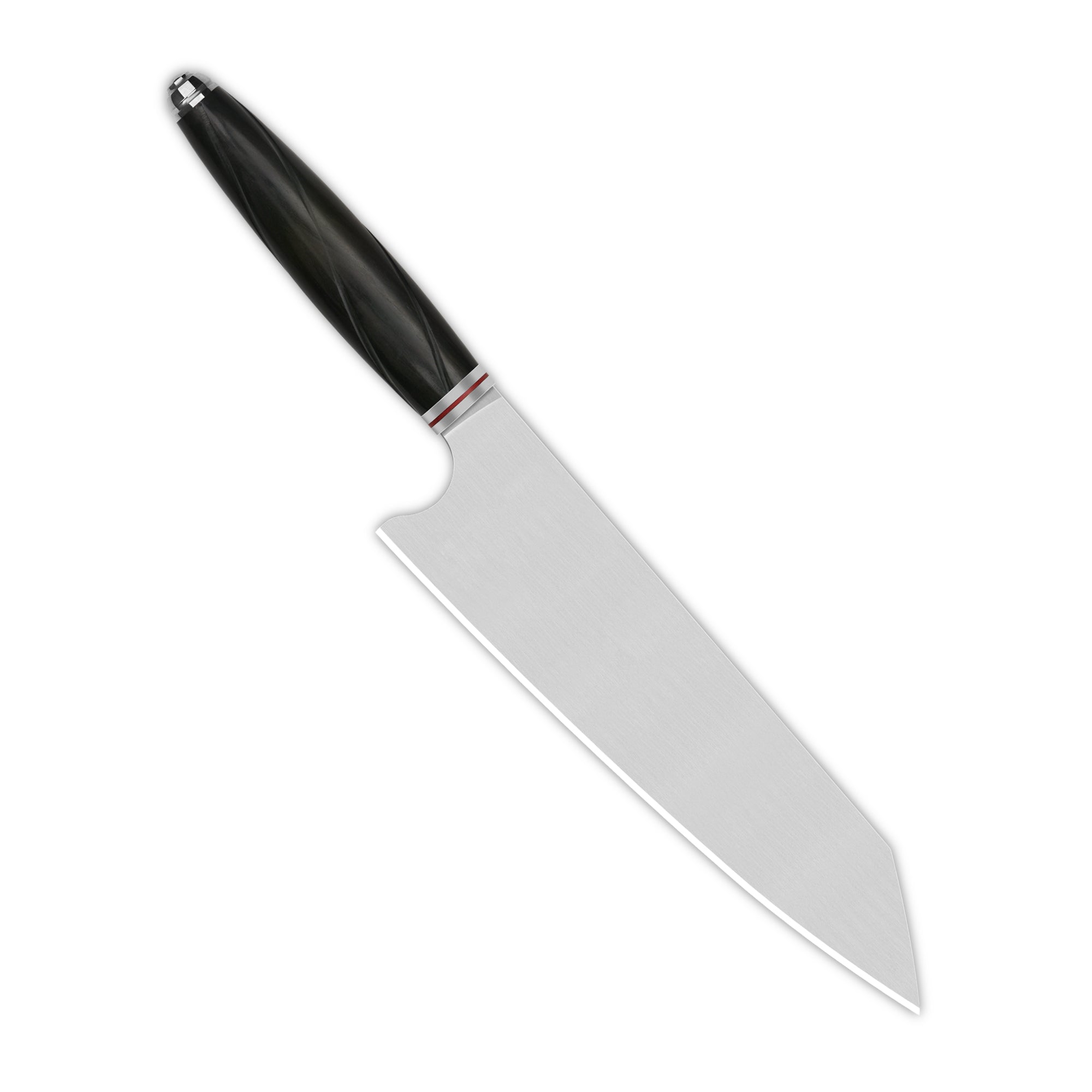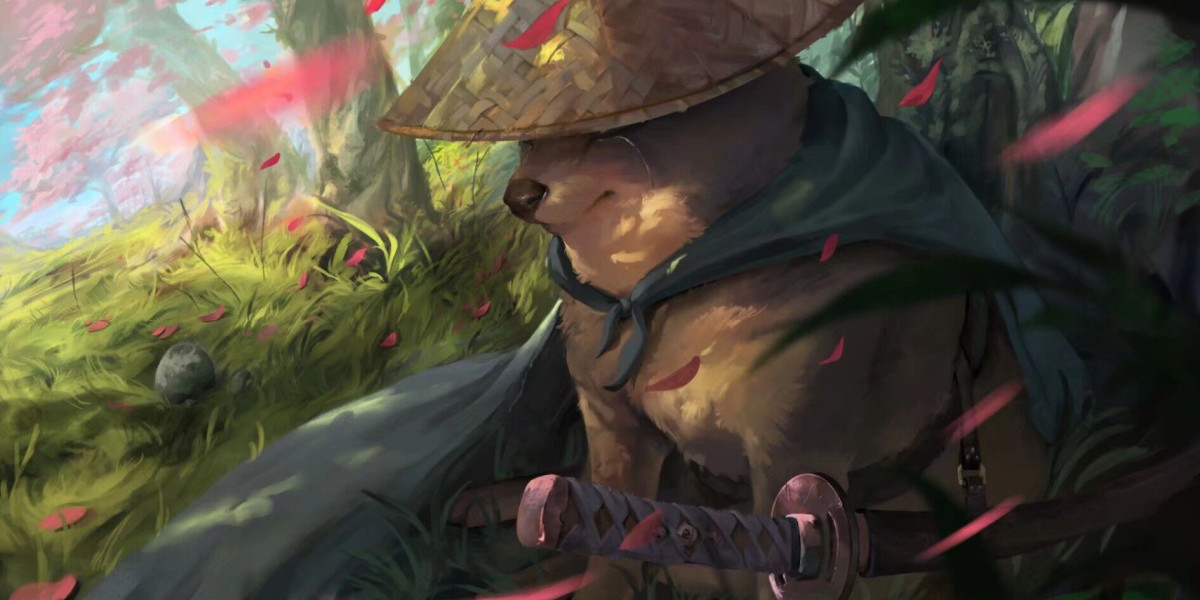The chef knife, a quintessential tool in any kitchen, has a rich history and has undergone significant evolution over the centuries. This article delves into the fascinating journey of the chef knife, from its ancient origins to its modern-day form, highlighting key developments and innovations along the way.

Ancient Beginnings
The origins of the chef knife can be traced back to the early days of human civilization. Ancient peoples used rudimentary cutting tools made from stone, bone, and obsidian. These primitive implements were essential for survival, aiding in the preparation of food and other daily tasks. As metallurgy advanced, bronze and iron knives began to replace stone tools, marking a significant leap in the evolution of cutting instruments.
Medieval Advancements
During the medieval period, the craft of knife-making flourished. Blacksmiths honed their skills, producing blades that were not only functional but also works of art. The introduction of steel, a more durable and versatile material, revolutionized knife production. Knives became more specialized, with distinct designs emerging for different culinary tasks. The chef knife, as we know it today, began to take shape during this era.
The Renaissance and Beyond
The Renaissance period brought about a renewed interest in the culinary arts. Chefs and cooks sought more efficient and precise tools to enhance their craft. The chef knife continued to evolve, with improvements in blade design and handle ergonomics. The French, in particular, played a pivotal role in refining the chef knife, creating a versatile tool that could handle a wide range of kitchen tasks. This period also saw the introduction of the bolster, a thick junction between the blade and handle, providing better balance and control.
Modern Innovations
In the 20th and 21st centuries, the chef knife has seen numerous innovations. Advances in materials science have led to the development of high-carbon stainless steel blades, which offer superior sharpness and durability. Ergonomic handle designs have improved comfort and reduced fatigue during prolonged use. Additionally, the advent of precision manufacturing techniques has allowed for the mass production of high-quality chef knives, making them accessible to both professional chefs and home cooks alike.
The Global Influence
The chef knife has also been influenced by various culinary traditions around the world. Japanese knives, known for their exceptional craftsmanship and razor-sharp edges, have gained popularity globally. The Santoku knife, a Japanese counterpart to the Western chef knife, features a shorter, wider blade and is favored for its versatility in slicing, dicing, and chopping. This cross-cultural exchange has enriched the design and functionality of the chef knife, making it an indispensable tool in kitchens worldwide.
The Future of the Chef Knife
As technology continues to advance, the future of the chef knife looks promising. Innovations such as ceramic blades, which offer extreme hardness and resistance to wear, are becoming more prevalent. Additionally, smart knives equipped with sensors to monitor blade sharpness and usage patterns are on the horizon. These advancements will further enhance the efficiency and precision of the chef knife, ensuring its continued evolution in the culinary world.
In conclusion, the history and evolution of the chef knife is a testament to human ingenuity and the relentless pursuit of culinary excellence. From its humble beginnings as a stone tool to its modern incarnation as a sophisticated kitchen instrument, the chef knife has come a long way. Its journey is a reflection of the broader advancements in technology, craftsmanship, and culinary arts, making it an enduring symbol of our culinary heritage.
